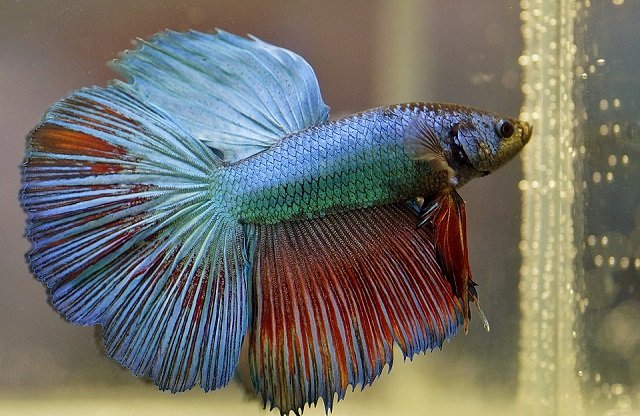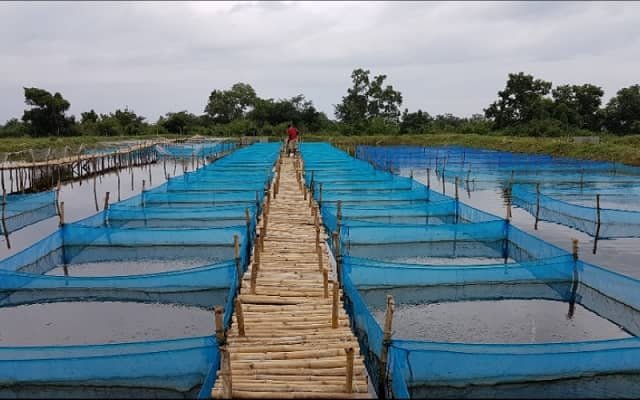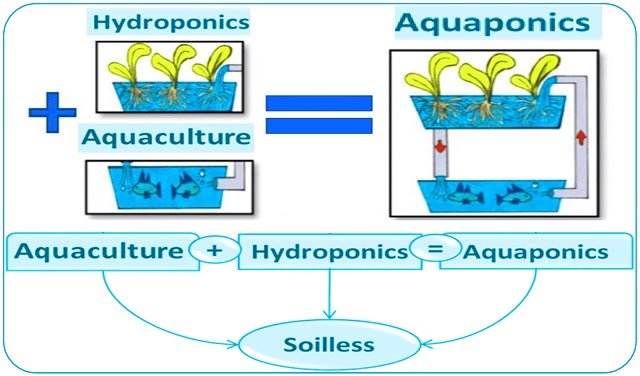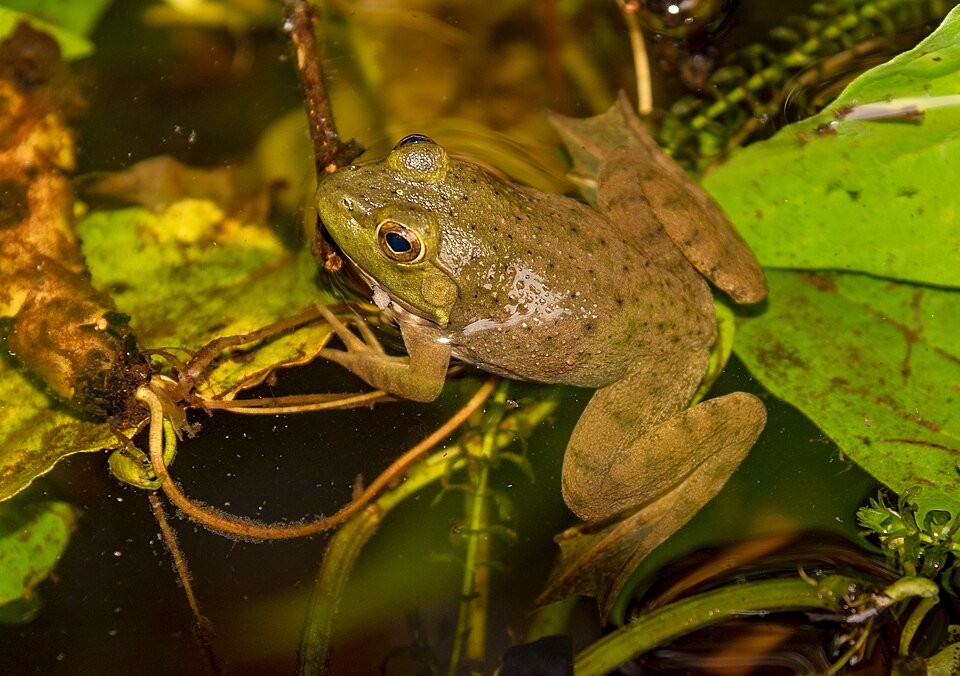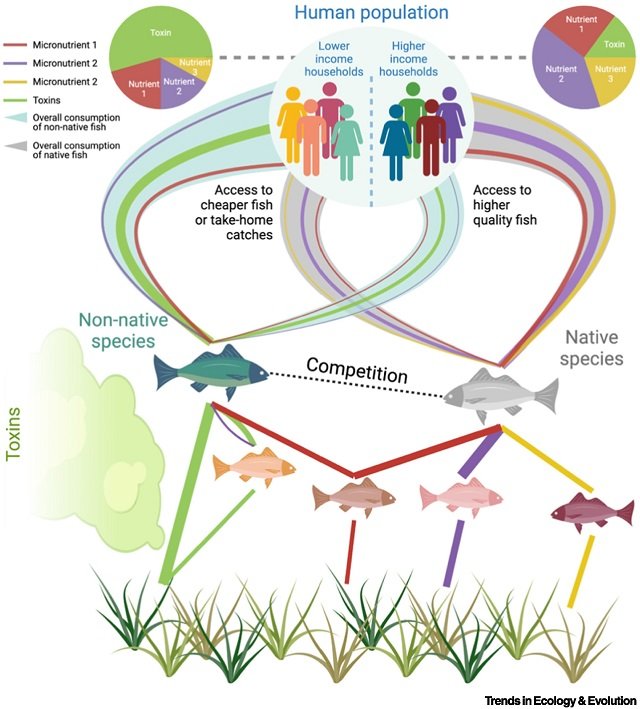
Aquaculture with non-native species, such as Nile tilapia or common carp, has been promoted for years in Asia, Africa, and South America as a solution to boost economic growth and improve food security. However, a recent analysis published in Trends in Ecology & Evolution warns of a chain effect that is often overlooked: when these species escape and establish themselves in the natural environment, they can trigger unforeseen consequences for the nutrition and health of human populations, especially the most vulnerable.
The study, conducted by researchers from the University of Leeds, the South African Institute for Aquatic Biodiversity (SAIAB), the University of Johannesburg, the University of Stirling, and Newcastle University, highlights that while aquaculture of non-native species can increase the amount of available food, it also has the potential to alter the quality and safety of fishery products by disrupting native food webs.
The problem: When non-native species disrupt the ecological balance
The introduction of non-native species through escapes from farming cages or deliberate stocking is one of the main causes of biological invasions in capture fisheries. Once in the new ecosystem, these species can reshape local ecological networks.
According to the study, invasive species often compete with native ones for food, frequently consuming more resources and less selectively. This can cause native species to experience a reduction in the quality of their diet or even disappear from the food web. These ecological changes have a direct impact on bioaccumulation—that is, how nutrients and toxins become concentrated in organisms.
For example, a case in Peru showed that overfishing of large species led to an increase in smaller fish that maintained fatty acid content, but the availability of zinc and iron in the catches decreased. Similarly, a biological invasion can alter which nutrients (and toxins) are available to the people who consume fish from that ecosystem.
Socioeconomic impacts: Not everyone is affected equally
Humans are the “top predators” in these aquatic systems, but access to fishery resources is not equal for everyone. This is where ecological dynamics intersect with social realities, potentially exacerbating nutritional inequalities.
- Differentiated access: Access to higher-quality fish is often linked to higher income. Low-income households frequently rely on lower-value species or what they can catch themselves, which may increasingly be invasive species of lower nutritional quality.
- Gender roles: In many communities, such as in southern Africa, there are clear differences. Men typically fish for larger, higher-value species for sale, while women catch smaller fish in shallow waters for family consumption.
- Toxin exposure: Environmental toxins, like heavy metals or “forever chemicals” (PFAS), also accumulate in the food web. Depending on which species (native or invasive) accumulate them more and who consumes them, exposure to these contaminants can disproportionately affect certain population groups. For instance, in the Amazon, it has been observed that larger predatory species tend to accumulate more mercury while offering lower nutritional value.
Implications and a new roadmap for aquaculture
The authors of the article argue that it is crucial to integrate food web ecology with socioeconomic factors to understand the true impact of biological invasions. It is not enough to know that a non-native species increases biomass; it is necessary to ask how it changes the distribution of nutrients and exposure to toxins for those who depend on that fishery.
They propose a shift in focus for planning aquaculture projects, evaluating them not only for their short-term benefits but also for their long-term consequences. A non-native species might generate economic and food benefits initially, but over time, these can be eroded by the loss of ecosystem services and health problems, resulting in substantial socioeconomic and ecological costs.
Stay Always Informed
Join our communities to instantly receive the most important news, reports, and analysis from the aquaculture industry.
To safeguard food security sustainably, future research must focus on:
- Building socio-ecological networks that link the impacts of invasive species to human well-being.
- Determining which traits of species (native and invasive) influence the accumulation of nutrients and toxins.
- Understanding the socioeconomic and demographic factors that determine which type of fish each social group consumes.
Conclusion
The study serves as a wake-up call for the aquaculture industry and development policymakers. The promotion of aquaculture with non-native species must be carried out with a more holistic view, considering the potential cascading effects on food webs and, ultimately, on the nutritional equity and health of local communities.
While non-native species may, in some contexts, offer benefits, it is essential to carefully evaluate the long-term risks. Applying a sustainability perspective and understanding the complex interaction between ecology and society will be key to ensuring that aquaculture fulfills its promise to feed the world safely and equitably.
Contact
Josie South
Centre for Invasion Biology, School of Biology, Faculty of Biological Sciences, University of Leeds
Leeds, UK
Email: j.south@leeds.ac.uk
Reference (open access)
South, J., Sabini, L., Pattison, Z., & Cuff, J. P. (2025). Aquatic biological invasions exacerbate nutritional and health inequities. Trends in Ecology & Evolution. https://doi.org/10.1016/j.tree.2025.06.007
Editor at the digital magazine AquaHoy. He holds a degree in Aquaculture Biology from the National University of Santa (UNS) and a Master’s degree in Science and Innovation Management from the Polytechnic University of Valencia, with postgraduate diplomas in Business Innovation and Innovation Management. He possesses extensive experience in the aquaculture and fisheries sector, having led the Fisheries Innovation Unit of the National Program for Innovation in Fisheries and Aquaculture (PNIPA). He has served as a senior consultant in technology watch, an innovation project formulator and advisor, and a lecturer at UNS. He is a member of the Peruvian College of Biologists and was recognized by the World Aquaculture Society (WAS) in 2016 for his contribution to aquaculture.
